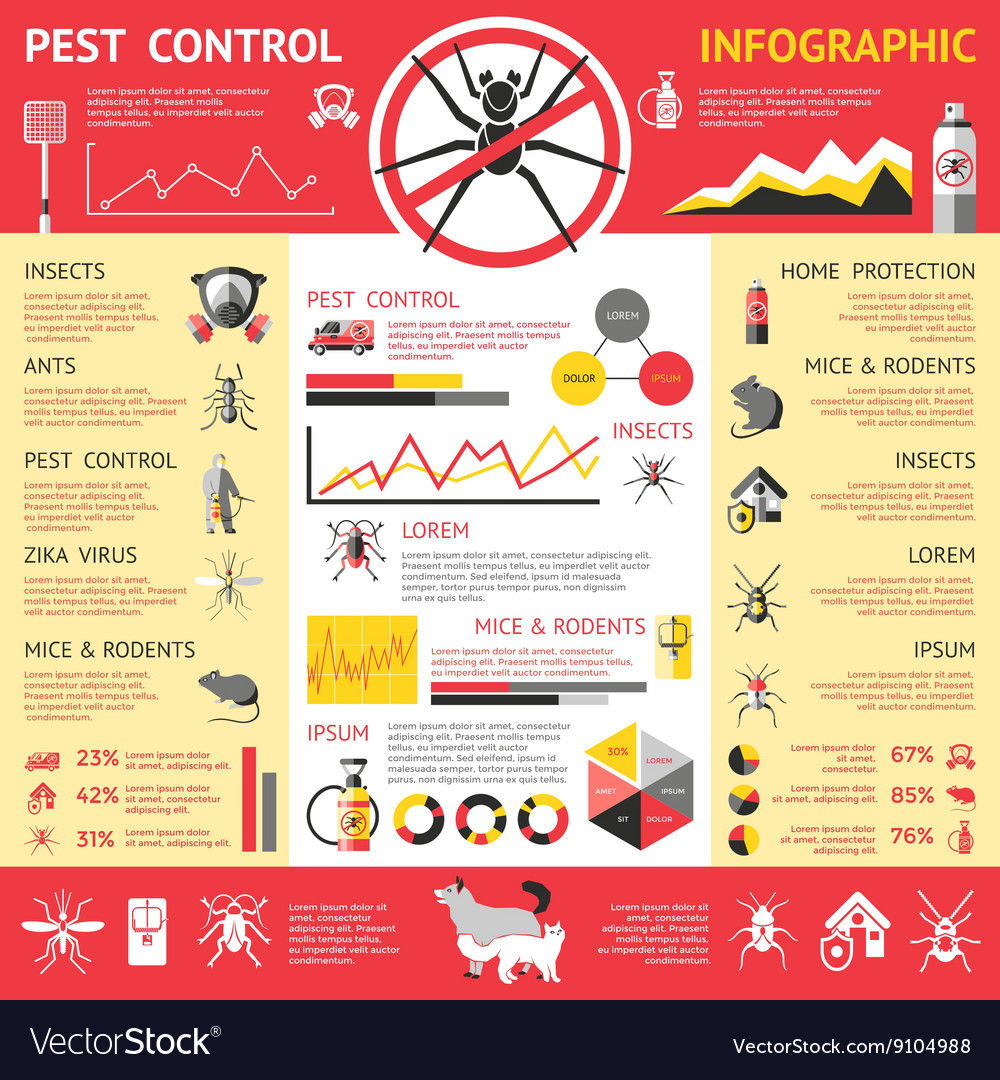By Obtaining Understanding Into The Complexities Of Rodent Nesting Actions, You Can Establish A Comprehensive Technique To Rodent Control That Outwits These Pests
By Obtaining Understanding Into The Complexities Of Rodent Nesting Actions, You Can Establish A Comprehensive Technique To Rodent Control That Outwits These Pests
Blog Article
Team Author-McDonough Alston
When it comes to rodent control, recognizing common rodent behavior is essential to properly taking care of infestations. Did you recognize that rats have some remarkable nesting habits that might amaze you? By exploring their detailed actions, you can get valuable understandings into just how to deal with rodent concerns in a more strategic and reliable fashion. So, allow's unravel the secrets behind these animals' actions and learn how to outmaneuver them in your rodent control efforts.
Rat Nesting Behaviors
When observing rodents in their natural habitat, you'll observe that they actively choose materials to create their nests. Rodents, such as computer mice and rats, are resourceful animals that make use of a range of items like twigs, leaves, paper, and fabric to build their homes. They're precise in their nest-building procedure, typically lining their nests with softer products like hair or feathers to create a comfortable atmosphere.
Rodents prefer to build their nests in covert and safe places to protect themselves and their young from killers. Typical nesting places include wall cavities, attics, basements, and also within insulation products. By constructing their nests in these remote locations, rodents can securely increase their children away from possible threats.
It is vital to recognize the nesting behaviors of rats when executing control actions. By interrupting their nests or getting rid of materials, you can prevent rats from establishing a presence in your house or home. Proper hygiene and sealing off access points are additionally crucial steps in stopping rodent invasions.
Rodent Feeding Patterns
After observing rodents' nesting practices, it becomes evident that their feeding patterns play a critical duty in their lives and behaviors. Rats, consisting of computer mice and rats, are opportunistic feeders, indicating they'll take in whatever food source is easily offered. They're largely nighttime creatures, liking to forage for food throughout the cover of night to avoid predators.
Rats have a diverse diet plan, varying from grains, seeds, fruits, and vegetables to bugs, nuts, and also small pets. This versatility in their food selections allows them to flourish in numerous environments, including city locations where human food resources are bountiful.
Their feeding patterns aren't only driven by cravings yet also by the need to accumulate food for times of shortage. This habits is particularly recognizable to prepare for cold weather or when nesting. Rodents are recognized to hoard food in their nests or burrows, ensuring a constant food supply. Recognizing their feeding patterns is crucial in applying effective rodent control actions to disrupt their food resources and protect against infestations.
Rodent Motion and Traveling
Rodents browse their surroundings with dexterity and stealth, using their eager detects to move quickly with their settings. These animals are adept climbers, able to scale wall surfaces and upright surface areas effortlessly. They can also press via remarkably little openings, making it important to seal any kind of potential entry factors in your house.
When rats under house concerns taking a trip, rats have a tendency to follow acquainted paths, developing routes along wall surfaces or skirting the edges of rooms. They're creatures of habit, commonly sticking to these developed routes as they forage for food or discover their surroundings.
Rats are understood for their nighttime habits, so you might hear them scurrying around at night as they search for food and water. Their movements are quick and erratic, permitting them to dart in and out of sight in the blink of an eye.
Understanding just how rats relocate and travel can aid you identify prospective invasion locations in your house and take proactive steps to avoid these pests from acquiring a foothold.
Conclusion
As you work to control rodents in your house, remember that comprehending their behavior is essential. By identifying check it out nesting habits, feeding patterns, and movement, you can efficiently stop invasions.
Coincidentally, by taking aggressive measures to remove food sources and seal off entrance points, you can disrupt their familiar paths and compel them to seek new areas, eventually lowering the possibility of rodent visibility in your space.
